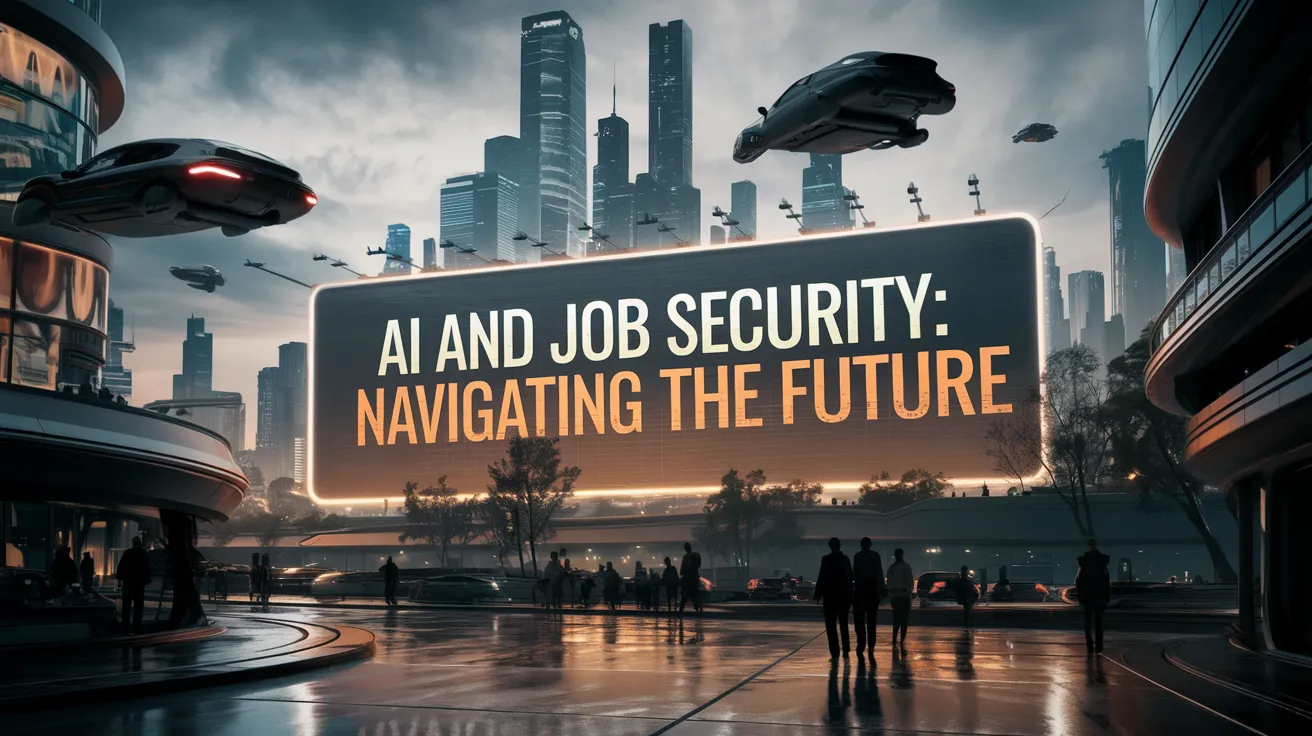AI and Job Security: Navigating the Future

The rise of artificial intelligence, particularly generative AI, has sparked significant discussion about its impact on the workforce. A recent statistic claimed that US productivity grew faster in 2024 than in any year since the 1960s, with half of this increase attributed to generative AI tools. However, it turned out that this claim was fabricated by AI, showcasing its fallibility even as it increasingly permeates the workplace.
Despite ongoing doubts about its reliability, generative AI is being widely adopted in various professions, especially among white-collar workers. A June Gallup poll highlighted that 42 percent of American workers utilized AI tools a few times a year, and 19 percent did so weekly. In contrast, only 9 percent of manufacturing and blue-collar workers are regular users. This disparity raises concerns, as many workers feel anxious about their job security in light of automation. A February Pew survey indicated that over half of US employees are worried about their future employment due to AI advancements.
The landscape is particularly challenging for white-collar workers. With companies like Microsoft and Amazon initiating significant layoffs—Microsoft recently laid off 9,000 employees while reorganizing around AI—it raises the question of who will be needed as these industries evolve. Additionally, CEO Dario Amodei of Anthropic warned that AI could potentially eliminate half of all entry-level white-collar jobs, coining the term “a white-collar bloodbath” to describe the impending turmoil.
While these advancements might suggest an elimination of tasks, it is essential to recognize that modern AI systems still require human oversight. Current generative AI tools, while beneficial, are far from autonomous; they supplement but do not replace human workers. As the technology evolves toward agentic AI, its capacity to perform tasks on behalf of people may increase, yet we are not there yet. This technological augmentation raises legitimate fears regarding job security, particularly for those in repetitive roles.
Historically, technological revolutions—including the Industrial Revolution—ultimately created more jobs, though the transition was undeniably tumultuous. As noted by Ethan Mollick, a Wharton professor, while innovation often leads to an increase in job numbers over time, the journey can be fraught with distress and dislocation.
In light of this, it is essential for workers to familiarize themselves with AI. Mollick suggests applying the “10-hour rule”—spending ten hours exploring AI tools to understand their potential benefits and applications in daily work tasks. By experimenting with various models, such as ChatGPT, Claude, and Google Gemini, users can leverage AI to enhance productivity and creativity.
This advice parallels discussions from previous technological shifts, like the advent of personal computers. Even though AI shows promise for improving the efficiency of complex tasks, it generates distinct challenges and may eliminate roles predominantly performed by administrative professionals. Reports indicate that almost all tasks conducted by bookkeepers and administrative assistants could be fully automated.
This situation presents a dilemma for workers in less skilled positions who might face significant risk from automation. However, embracing AI and developing a broader skill set can help mitigate job-related anxieties and may foster adaptability in facing changes.
There is no conclusive answer regarding how the AI transition will unfold. Companies may utilize AI to enhance productivity or may exploit it as an opportunity for cost-cutting through layoffs. Nevertheless, becoming adept with AI tools is undoubtedly a prudent strategy, potentially leading to new opportunities that did not previously exist.
Ultimately, engaging with AI may not only be a safer route in this shifting landscape but also an opportunity to acquire skills that will remain valuable in the future job market. Exploring AI might even be enjoyable, serving as a productive alternative to less rewarding pastimes.
A version of this story was also published in the User Friendly newsletter. Sign up here so you don’t miss the next one!
See More: Artificial Intelligence Big Tech Culture Even Better Future of Work Google Innovation Life Technology Technology & Media